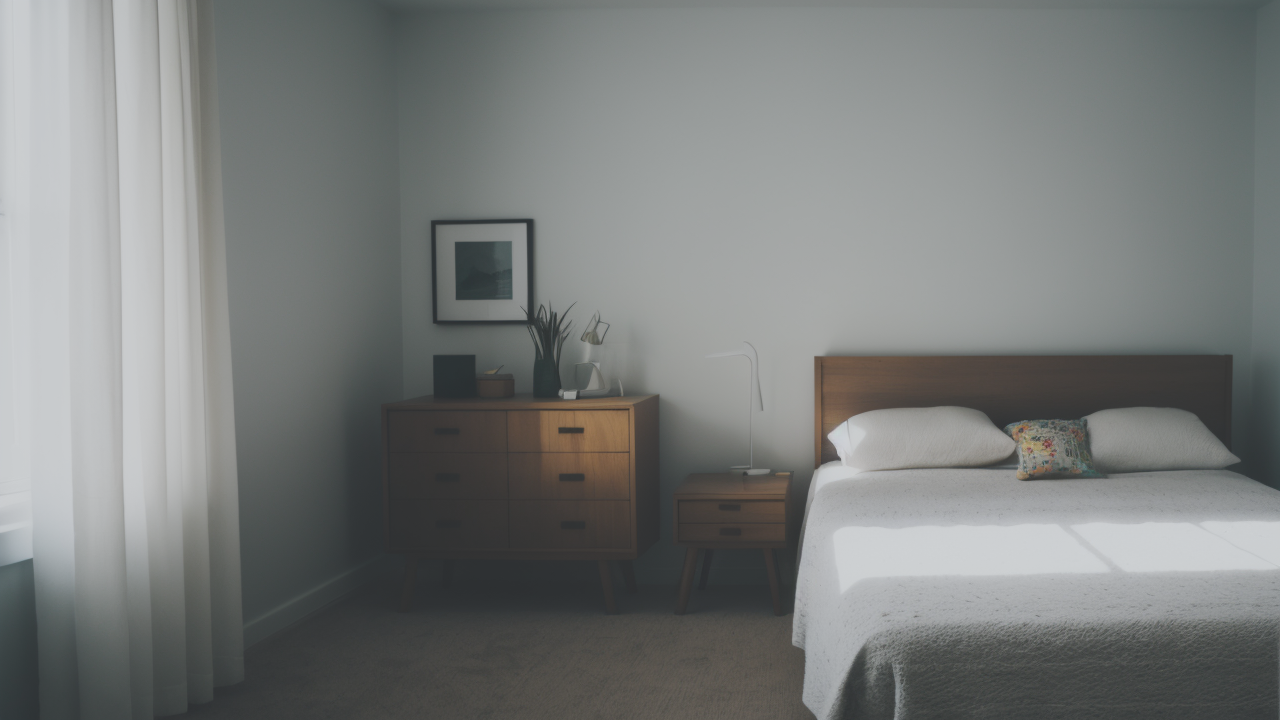
The Art of Simplicity: Incorporating Minimalist Drawings in Modern Decor
Understanding Minimalist Art and Its Impact on Modern Decor
The Essence of Minimalism in Art
Minimalist art is all about simplicity. It uses basic shapes, colors, and lines. This style began in the 1960s. Artists wanted to focus on the most important parts of art. They removed extra details.

Key features of minimalist art include:
- Simple geometric shapes
- Limited color palettes
- Clean lines
- Repetitive patterns
- Use of basic materials
Minimalist artists believe less is more. They want people to see beauty in simple things. Some famous minimalist artists are Donald Judd and Agnes Martin. Their work shows how powerful simple forms can be.
This art can be paintings, drawings, or sculptures. It often looks very neat and organized. The goal is to create a calm feeling. This art style makes people think about space in new ways.
How Minimalist Art Elevates Modern Interior Design
Minimalist art fits well with modern decor. It adds style without clutter. This makes rooms feel open and calm. Here's how it improves modern interiors:
- Creates focal points
- Adds depth to plain walls
- Balances busy patterns
- Introduces subtle color
- Complements simple furniture
A single piece of minimalist art can change a whole room. It draws the eye without being too bold. This is great for small spaces. It can make them feel bigger and more open.
In larger rooms, minimalist art prevents visual overload. It gives the eye a place to rest. This is important in busy, modern lives. A room with minimalist art can feel like a peaceful retreat.
Minimalist art works well with different design styles. It can soften a very modern room. Or it can add a new touch to a more traditional space. Its simplicity makes it very versatile.
Curating the Perfect Minimalist Art Gallery Wall
Selecting the Right Minimalist Art Pieces for Your Space
Choosing art for a minimalist gallery wall takes careful thought. You want pieces that work well together. But they should also fit your space and style. Here are some tips:

- Consider your color scheme
- Mix different sizes
- Include various styles (abstract, geometric)
- Use different mediums (prints, drawings, photos)
- Choose a theme or concept
Start with one main piece. This will be the center of your gallery wall. Then, pick other pieces that go well with it. Look for art that speaks to you. It's better to have a few pieces you love than many you don't.
Don't rush to fill your wall. Take time to find the right pieces. Remember, in minimalist design, each piece should have a purpose. Quality is more important than quantity.
Think about how the art fits with your room's style. Minimalist art can work in many settings. But it should still feel connected to your overall design.
The Importance of Placement and Arrangement
How you arrange your art is just as important as the art itself. A good layout makes a big difference. Here are some tips for arranging your gallery wall:
- Create balance with different sizes
- Leave enough space between pieces
- Decide on a symmetrical or asymmetrical layout
- Use paper templates to plan your layout
- Hang key pieces at eye level
Start by laying out your art on the floor. This lets you try different arrangements easily. Take photos of each layout. This helps you compare and choose the best one.
Think about the flow of your room. Your gallery wall should feel natural in the space. Don't forget about negative space. The empty areas between art are part of the design too.
Consider using a grid layout for a very clean look. Or, try a more freestyle approach for a relaxed feel. Whatever you choose, make sure it fits your style and space.
Implementing and Maintaining Your Minimalist Gallery Wall
Best Practices for Displaying Minimalist Art
Displaying minimalist art the right way can make a big impact. Here are some best practices:

- Use good lighting to highlight each piece
- Choose simple frames that don't distract
- Use white mats to make small works stand out
- Hang art at the right height (eye level is best)
- Use quality hanging hardware for safety
For 3D art, try using floating shelves. They keep the clean, minimalist look. Avoid clutter around your gallery wall. Let the art be the main focus of the area.
Think about your wall color too. A neutral wall often works best with minimalist art. It lets the art stand out. But sometimes, a bold wall color can make minimalist art pop even more.
Don't forget about the space as a whole. Your gallery wall should feel like part of the room. It shouldn't look out of place or too separate from the rest of your decor.
Caring for and Maintaining Your Minimalist Art Collection
Taking care of your art will keep it looking great for years. Here are some tips:
- Dust regularly with a soft, dry cloth
- Keep art out of direct sunlight to prevent fading
- Control humidity in the room
- Handle art carefully, use gloves if needed
- Get professional cleaning for valuable pieces
For framed art, check the back of the frame sometimes. Replace the backing if it looks old. This helps protect the art from damage.
Store extra art pieces carefully. Use acid-free materials and keep them in a cool, dry place. It's a good idea to rotate your display sometimes. This prevents some pieces from fading more than others.
Remember, caring for minimalist art should be simple, just like the art itself. Regular, gentle care is the best way to keep your collection in good shape.


